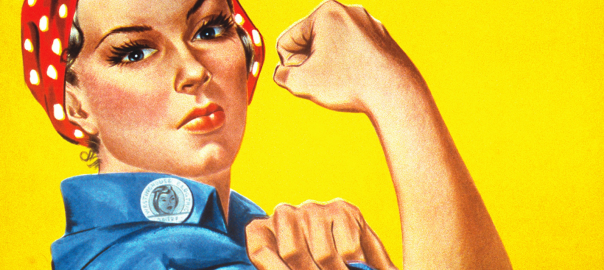Successful woman: a man in disguise?
published on 08.01.18
On the topic of gender, there is a popular saying that puts the main characteristics of Maghrebi men into perspective: “A Moroccan man is a shepherd, an Algerian man is a warrior, and a Tunisian man is… a woman!”
Aside from being misogynistic, this joke reminds us that the concept of woman has been used for political, aesthetic, power, domination and social classification purposes, among others. When analysing the history of humanity’s most important civilisations up until the present day, we find degrading—if not humiliating—definitions of women, in which they are always presented, counted, analysed and designed as an inferior “being” (quotation marks intentional) to men. Society is organised and hierarchised in a way that aims to preserve the so-called “natural” balance, based on the idea that women cannot exist except through the figure or role of the mother. In fact, the cult of the mother exists within misogynistic societies.

Over the course of the history of humanity, consideration of women has also varied; sometimes they are afforded some visibility (queens, sovereigns or intellectuals), but they often remain hidden. For example, contrary to what one may assume, the reestablishment of Roman law in the West reduced the rights of women in every sphere.
The hierarchical organisation of the sexes is not just a cultural or social matter, it goes well beyond that—it is a scientific fact! How many philosophical theories are masculine, or rather, misogynistic…. Regardless of how much they insist on telling us that theories are not influenced by sex or political persuasion, you need only to read Aristotle, Rousseau or Kant to realise the reality. In the 50s, psychologists attempted to scientifically prove the inferiority of women, their areas of expertise being the arts and humanities, along with their rational disabilities. Such was the extent of this practice that many authors today point to a lack of records of studies about women. This is called dehistorisation—a phenomenon that aims to deny the historical processes that affect the situation of women. All the reference texts that are available to us were written by men.
The false evidence of the superiority of men cannot be separated from the historical exploitation of institutions like religion, family, education (instruments of social control, in general), which have tried to imbue women with a sense of their inferiority.
What is a woman in the 21st century? What is a woman after 5000 years of humanity? What is a woman when concepts escape the ideal world and become mixed with sociocultural shades? What is a woman when we put reason and instinct on the same level to determine this definition? What is a woman but the definition they agree upon for themselves, which then drives them to educate and convey this to others?
It is up to us, as women, to halt the perpetuation of the myth of masculine domination and its projection as the only social truth. If we continue to preserve the pattern of masculine dominance, we will stay blind to the changes that characterise the experience of these emancipated women and non-dominant men.
By Wafa Khlif, professor of Management Control and Accounting
Tags: feminism|gender|history|inequality|patriarchy|sexism|Wafa Khlif
